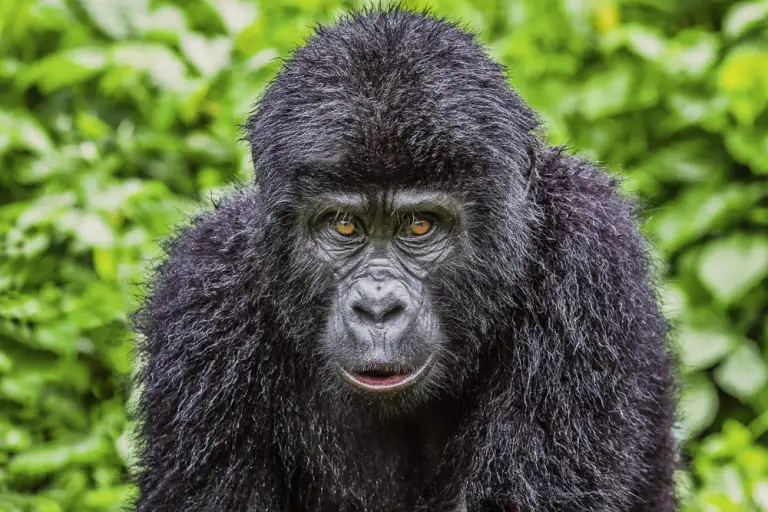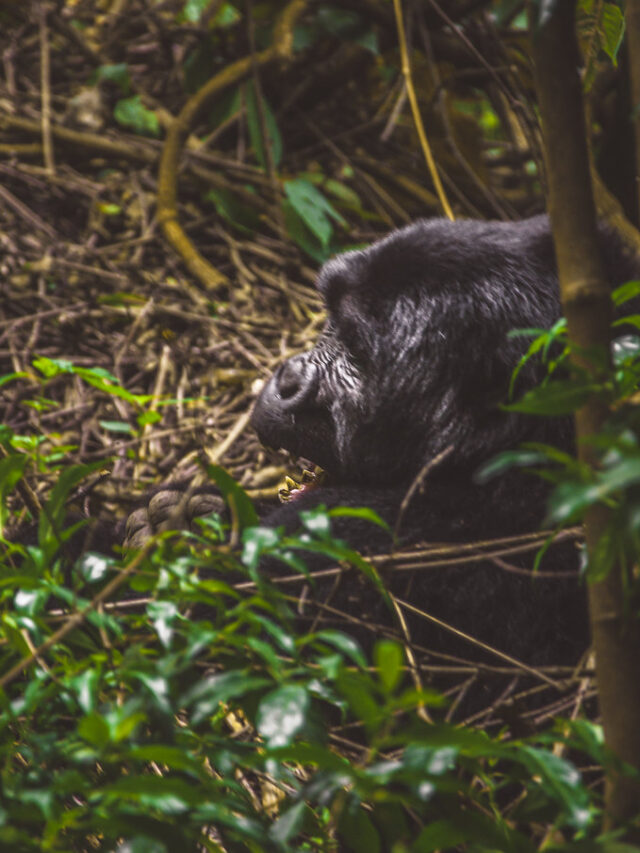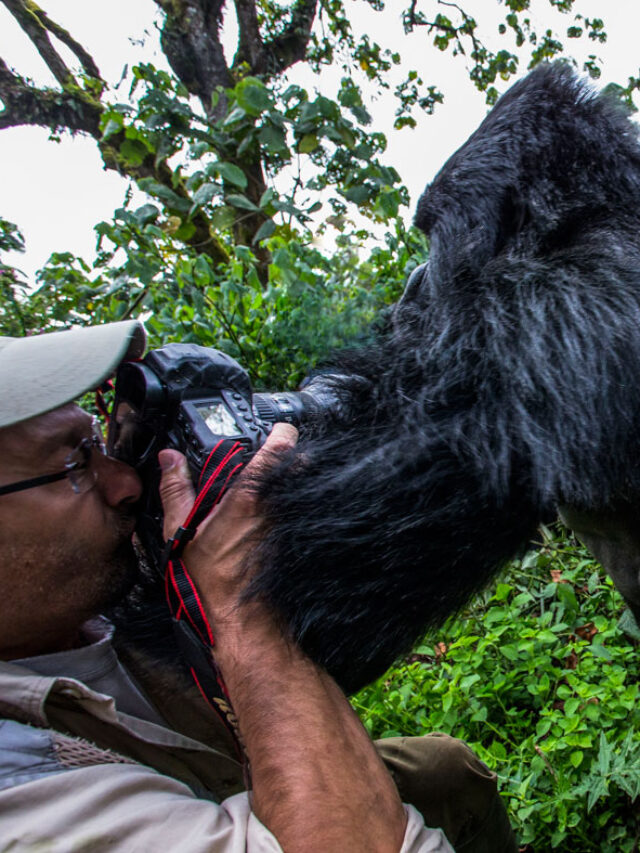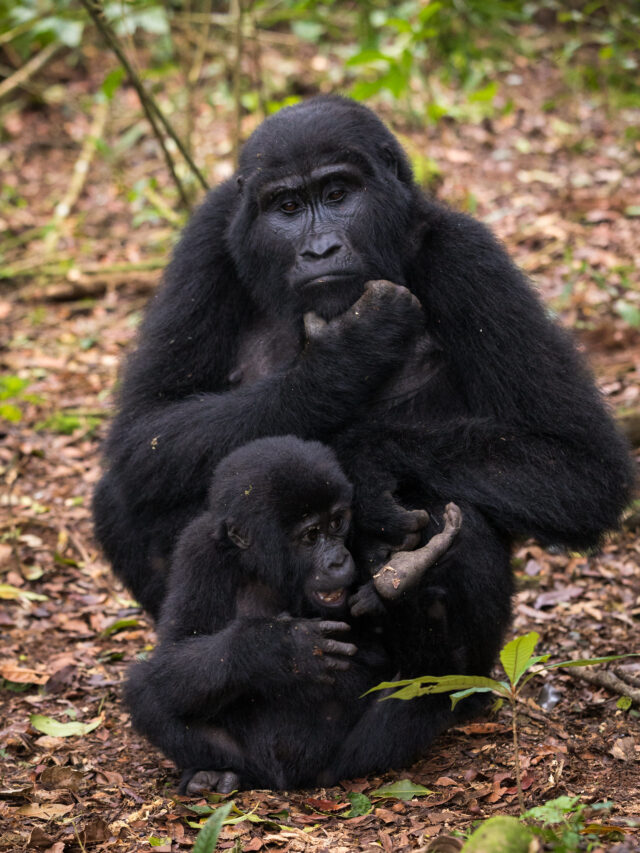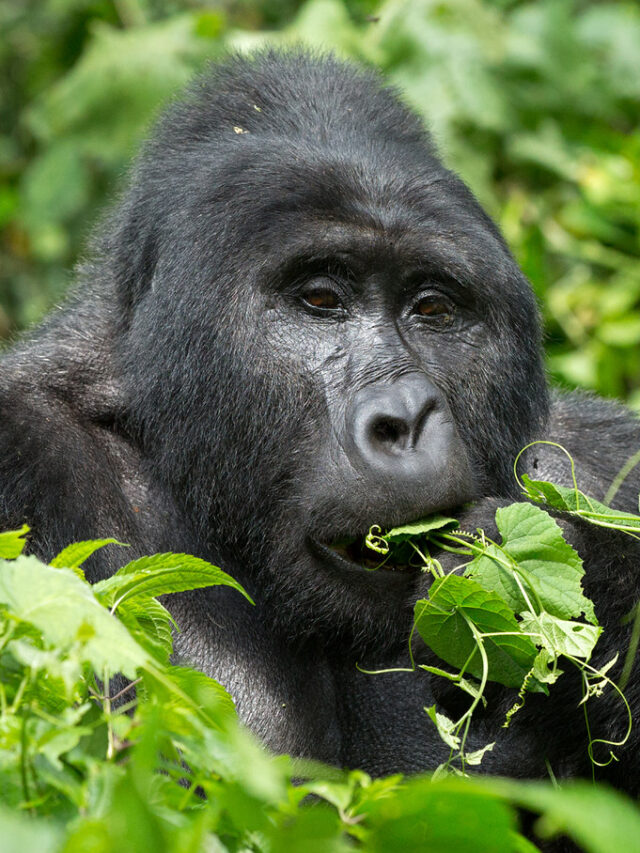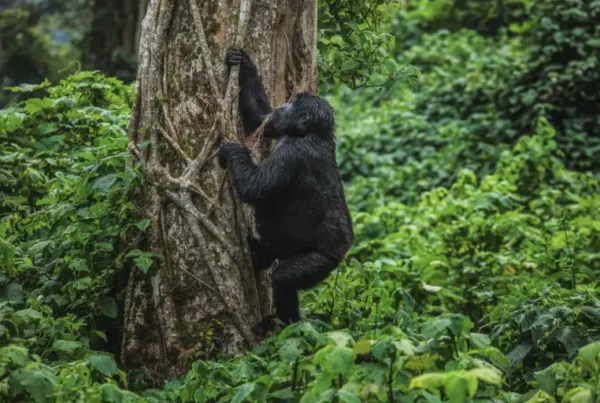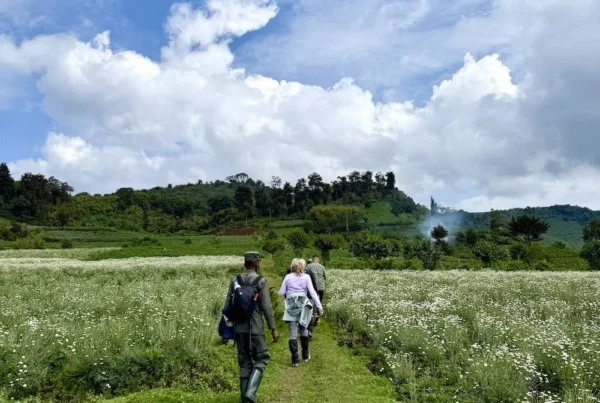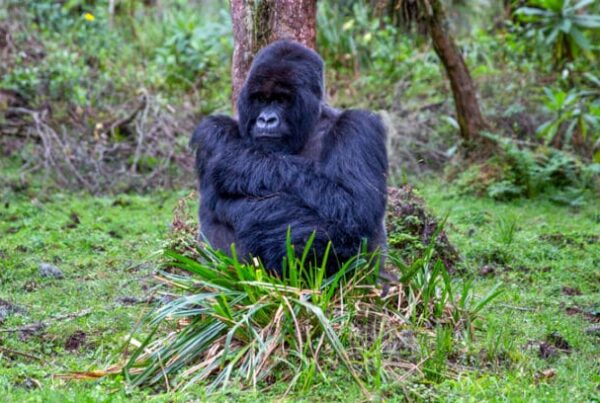Gorilla Trekking in Uganda from St. Helena – A Remote Islander’s Guide to the Gentle Giants of Africa
From the Heart of the Atlantic to the Jungles of Africa
Gorilla Trekking in Uganda from St. Helena — Living on St. Helena means understanding isolation, quiet beauty, and the rhythm of nature. But even in a place as serene and soul-stirring as this South Atlantic island, the dream of exploring the wider world still calls. And few adventures answer that call more powerfully than gorilla trekking in Uganda. It’s not just travel—it’s pilgrimage. For those of us living on one of the most remote inhabited islands on Earth, the journey may be long, but the reward is unlike anything else on the planet: standing in the mist-shrouded forest, face to face with a wild mountain gorilla.
The Journey from St. Helena – Making Your Way to Uganda
Reaching Uganda from St. Helena is part of the adventure. The island is connected to the world via flights from Johannesburg, South Africa, currently the main hub for departures. Travelers first fly from St. Helena Airport (HLE) to OR Tambo International Airport (JNB). From there, direct or connecting flights take you to Entebbe International Airport (EBB) in Uganda, often via Nairobi or Addis Ababa.
The journey requires careful coordination and at least 2–3 days of travel depending on flight schedules. For islanders used to planning in advance, this fits naturally into our way of life. Once in Uganda, your gorilla trekking adventure truly begins.
Entry Requirements – Visas, Vaccinations, and Documentation
As a British Overseas Territory, St. Helenians travel on British passports, which means you’re eligible for an Uganda tourist e-visa, obtainable online before your departure. The visa process is straightforward but should be completed at least 2–3 weeks before arrival.
Uganda also requires proof of yellow fever vaccination, and anti-malaria precautions are strongly recommended. A visit to your island or South African travel clinic before departure is essential to ensure you meet all health requirements.
Why Uganda for Gorilla Trekking?
Uganda is home to nearly half of the world’s remaining mountain gorillas, primarily found in Bwindi Impenetrable National Park and Mgahinga Gorilla National Park, both located in the country’s southwestern highlands. Bwindi, in particular, is a misty, ancient rainforest with more than 20 habituated gorilla families. Trekking here doesn’t just offer the chance to see gorillas—it invites you to step into a world that feels untouched by time.
For nature lovers from St. Helena, where wildlife and conservation are part of our identity, Uganda offers a deeply moving encounter with one of the most intelligent and endangered species on Earth.
How to Book Your Gorilla Trekking Experience
A gorilla permit is required to participate, costing USD 800 per person (for international tourists as of 2025). This fee supports crucial conservation efforts, ranger salaries, anti-poaching patrols, and community support.
Because daily permits are limited, it’s essential to book well in advance, ideally through a licensed Ugandan tour operator, who can package the permit along with transportation, accommodations, guides, and meals. You can also book directly through the Uganda Wildlife Authority, though it’s often easier and safer to let a tour company handle logistics—especially when traveling from a remote location like St. Helena.
What to Expect During the Trek
The day begins early, around 6:30 AM, with a detailed safety briefing. Groups are formed (maximum of 8 people per gorilla family), and off you go into the rainforest. The trek can be short or long, ranging from 45 minutes to 6 hours depending on the gorillas’ location that day.
The forest is thick and alive. The path may be steep, muddy, and slippery—but every moment builds up to the encounter. And then suddenly, the ranger signals to stop. You’ve found them. The air feels different. The Silverback is there—massive, powerful, yet calm. Mothers nurse, juveniles tumble and play, and for a full hour, you are part of their world.
Life Lessons from the Silverback
For someone from a peaceful, remote island like St. Helena, the presence of a Silverback gorilla feels both foreign and familiar. Their silence, their leadership, their protective instincts—all mirror something we understand deeply: the balance of nature and the fragility of harmony.
This is more than sightseeing. It is connection. It is respect. It is a moment when time stands still and your heart beats not just for the thrill—but for the awe.
Travel Tips for Saint Helenians
Uganda is warm and tropical, so pack light, breathable clothing. Include waterproof hiking boots, gloves for grabbing vines, and a rain jacket (the forest can surprise you with sudden downpours). Hiring a local porter is not only affordable but incredibly helpful on the trail—and it supports the community directly.
Most Ugandans speak English, and hospitality is central to their culture. You’ll find people friendly, warm, and genuinely interested in where you’ve come from—especially when you explain St. Helena, a place many have never heard of. It’s a perfect opportunity for cultural exchange.
Why Now Is the Right Time
St. Helena is blessed with untouched nature, but so is Uganda—and it’s under threat. By going gorilla trekking now, you’re not just fulfilling a personal dream—you’re actively funding conservation. Every permit helps protect the gorillas, their habitats, and the future of Africa’s mountain forests.
And for you, the traveler, this is more than a holiday. It’s a story you will carry for the rest of your life. A story that began on a tiny island in the Atlantic, and peaked in the deep green folds of a mountain jungle—eye to eye with a gorilla.

